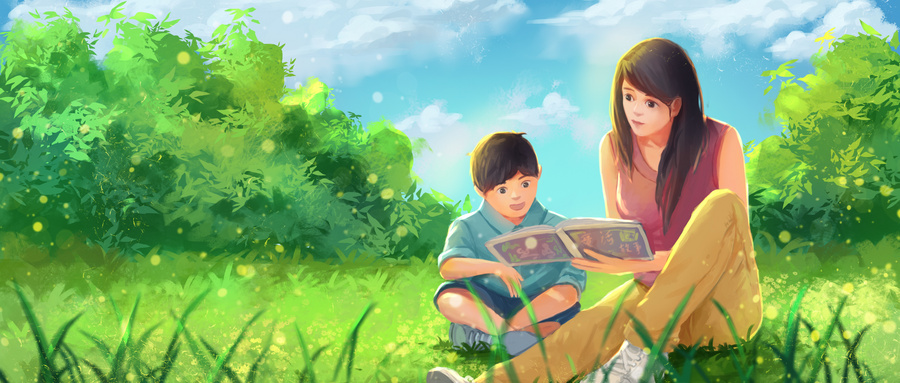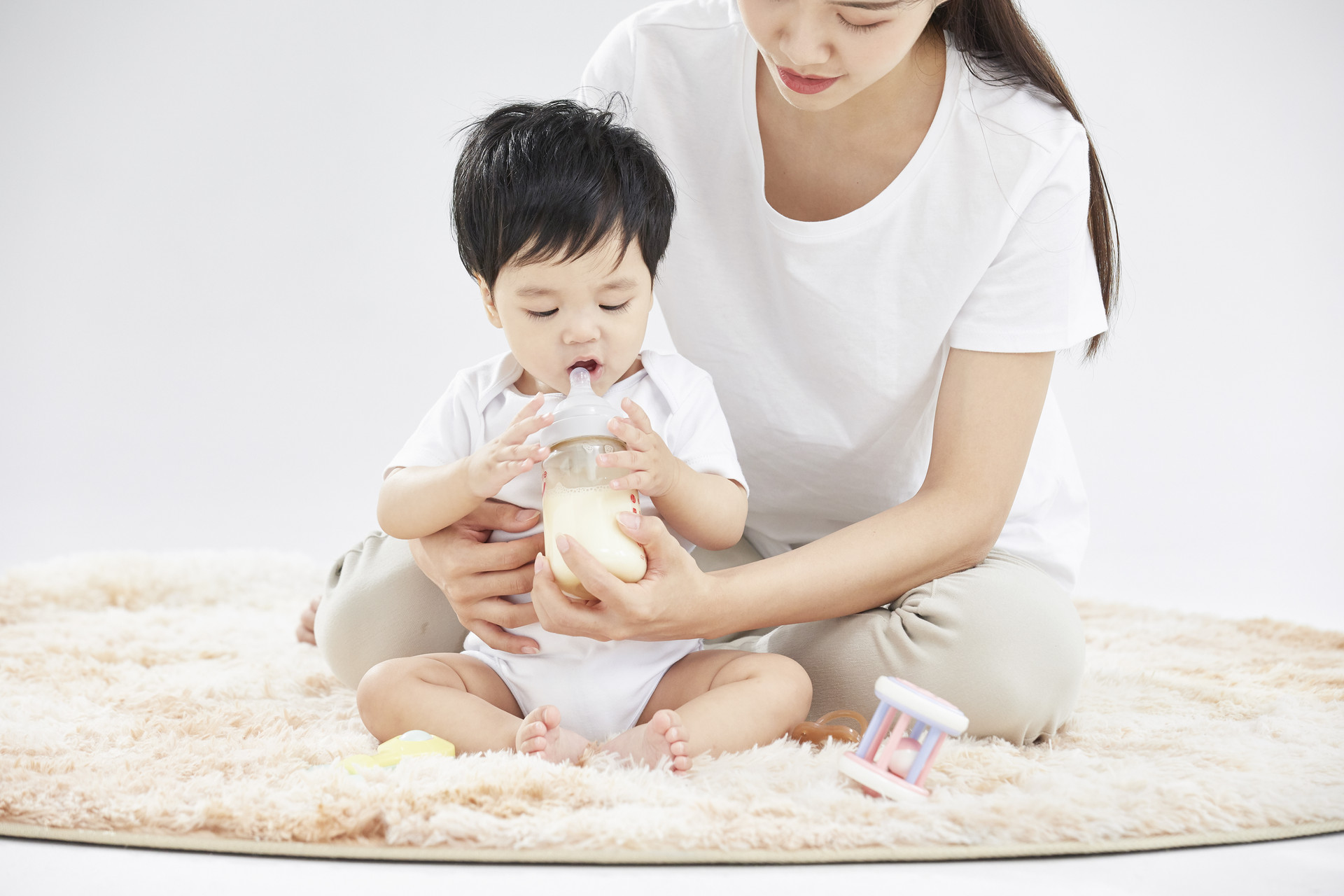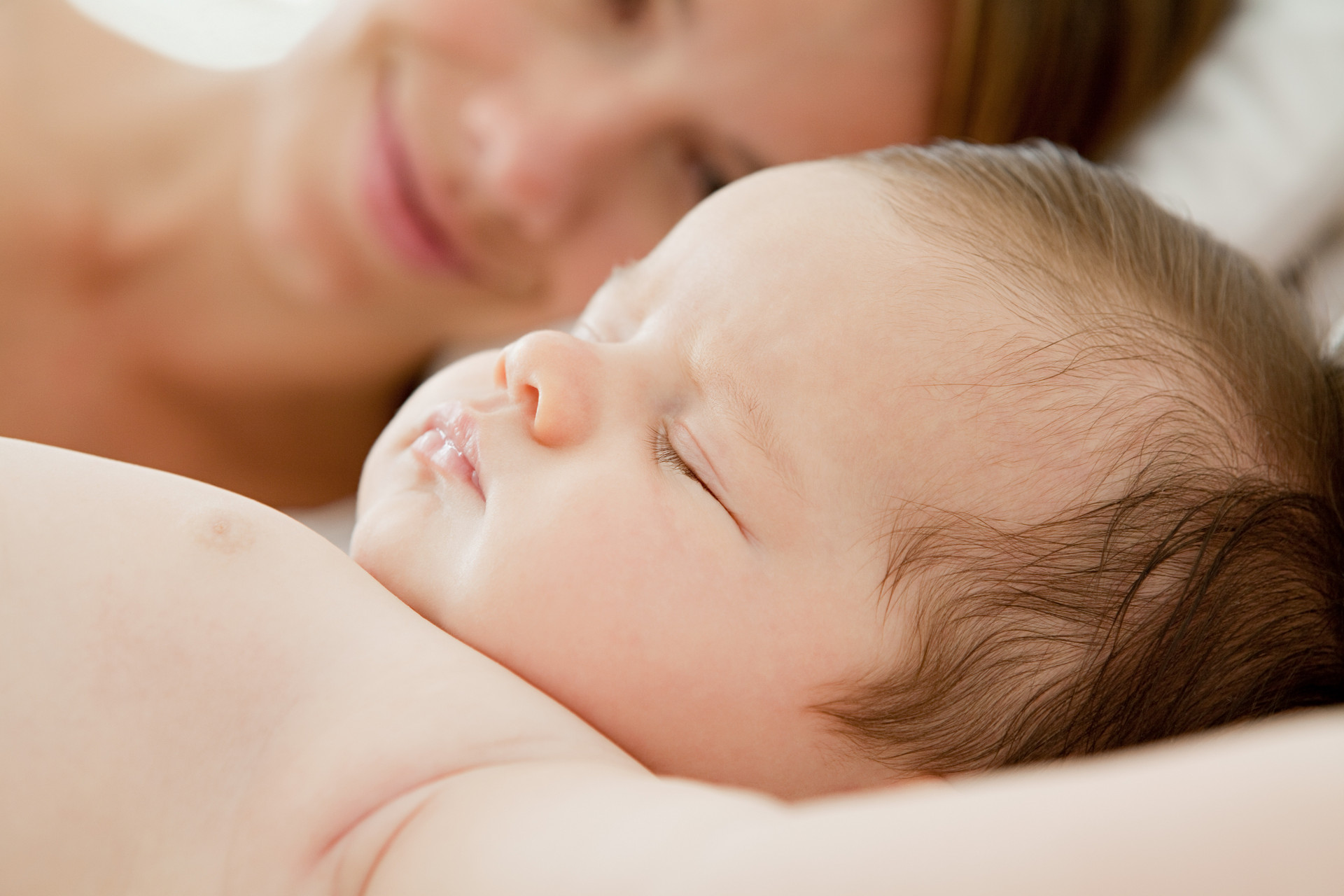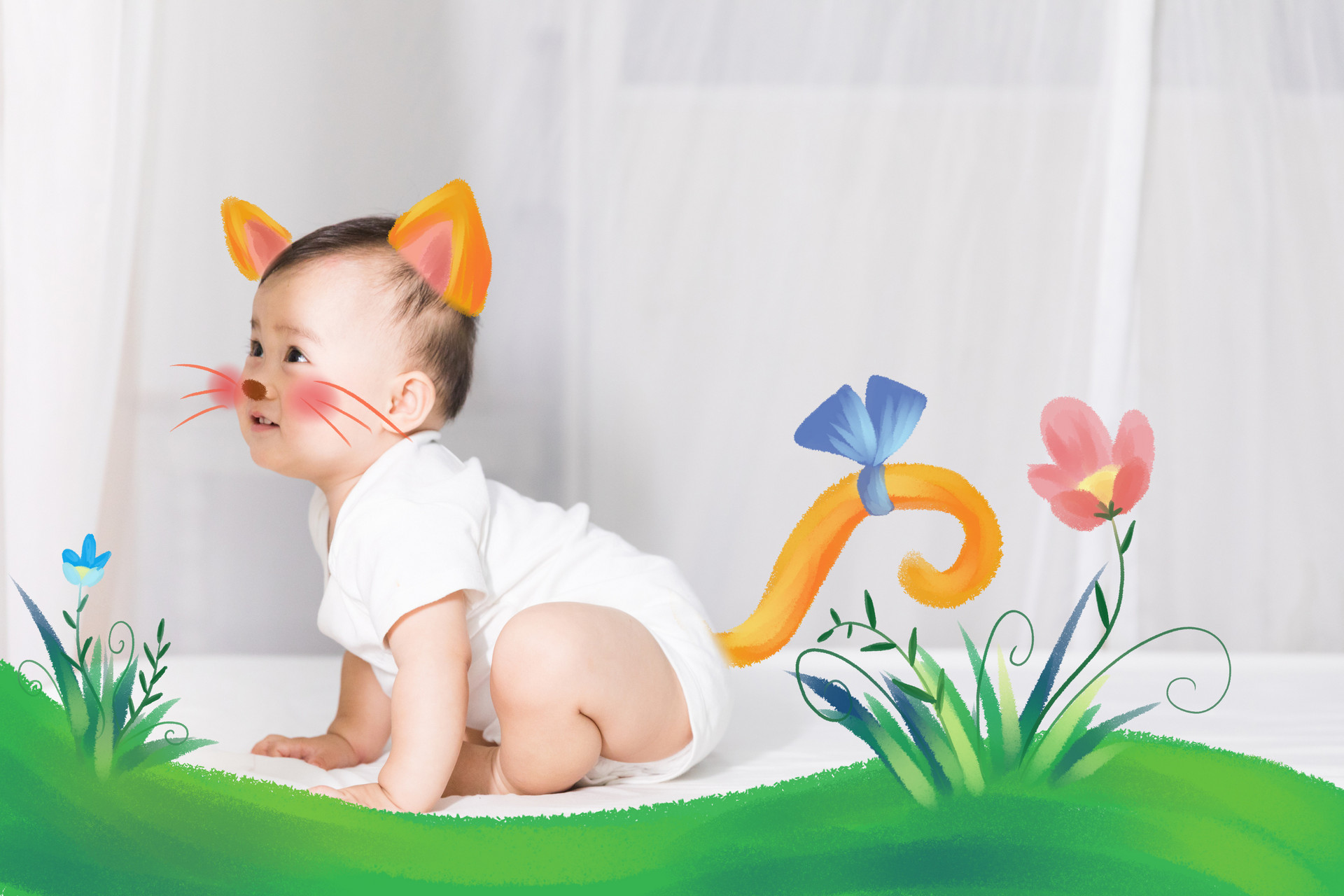Children in their early childhood are always full of energy, constantly jumping and bouncing around. They can't stay still for even a minute. Why is that? Let's take a look at how the "Yellow Emperor's Inner Canon" answers this question.
The "Yellow Emperor's Inner Canon" states: "At the age of ten, the five organs are established, and the blood and qi flow smoothly. Their qi is located in the lower body, so they enjoy running." Children in their early childhood are lively and active, which is closely related to their physiological characteristics. Therefore, health care for children during this period should revolve around their physiological characteristics.
Generally, children in their early childhood refer to the period from birth to 12 years old. The following will discuss the physiological and psychological characteristics, as well as health care points, for this period as explained in the "Yellow Emperor's Inner Canon".
(1) Physiological and Psychological Characteristics
The "Yellow Emperor's Inner Canon" states in the "Collection of Mechanisms and Qi Suitable for Preserving Life": "Children in their early childhood have a harmonious qi like spring, gradually growing." In the "Differentiation of Warm Diseases and Difficulties in Treating Children", it states: "Children have thin organs and loose body structures, making them susceptible to changes; their skin is tender and their spirit is timid, making them easily affected." This indicates that children in their early childhood are like newly sprouted seedlings in terms of physiology, full of vitality and growing rapidly. However, they also have a delicate side and are unable to withstand challenges. During this time, children have a lower resistance and are prone to illness, and their condition progresses rapidly. In addition, their psychological development is not yet fully mature, with weak spirits and timid personalities, making them easily frightened.
(2) Health Care for Children in Their Early Childhood
How should we take care of children during their early childhood, considering these characteristics?
During the growth and development of children, their diet and environment will change, and their physical and psychological development will undergo a qualitative leap. Therefore, health care during the early childhood period should be carried out in different stages.
1. Newborn Period: The newborn period refers to the time from birth to one month. During this period, the child has just separated from the mother's body and is relatively delicate. Therefore, the focus of health care should be on keeping the child warm, providing proper nutrition, and preventing infections, while ensuring that the child gets sufficient sleep.
2. Infancy: Infancy refers to the period from one month to one year old. As we all know, this is the fastest period of growth and development in a person's life, the first leap period. Health care during this period should focus on proper nutrition, attention to keeping warm, timely vaccination, and regular exercise to improve the child's resistance.
3. Toddlerhood: Toddlerhood refers to the period from one year old to three years old. During this period, early education should be emphasized to promote intellectual growth. Continuation of preventive health care work and cultivation of good hygiene and living habits are also important.
4. Preschool Age: Preschool age, also known as the pre-school period, refers to the period from 3 to 7 years old. The key to health care during this period is to engage children in various activities that suit their characteristics, strengthen medical care and education, prevent accidents, and gradually cultivate children's ability to live independently.
5. School Age: School age, also known as the school-age period, refers to the age range of 7 to 12 years old. During this period, attention should be paid to moral, intellectual, physical, and aesthetic education to promote comprehensive development. Health care for children should continue, with special attention to preventing myopia, tooth decay, and spinal deformities, as well as flat feet.
(3) Early Education
Early education is very important for a child's future growth. Education should include the cultivation of moral character, healthy psychological development, intellectual development, and health education, among other aspects.
1. Comprehensive Development of Moral, Intellectual, Physical, and Aesthetic Qualities: Moral education, intellectual education, physical education, and aesthetic education are important components of education, and these aspects complement and enhance each other. A healthy mind is accompanied by a healthy body, and an unhealthy body will inevitably affect intellectual development, leading to inferiority and isolation. Intellectual development contributes to the improvement of knowledge, moral thinking, and physical fitness. Good moral character and individuality can stimulate children's self-awareness in learning and exercise. Aesthetic education can promote the formation of a correct outlook on life and the world, as well as promote intellectual development and physical and mental health. Therefore, education should focus on moral, intellectual, physical, and aesthetic education, without neglecting any aspect.
2. Seizing the Opportunity for Education: The "Yan's Family Instructions" states: "When people are young, their spirits are focused and undivided. After growing up, their thoughts become scattered and dissipated. Therefore, early education should not be missed." This means that education should start as early as possible and not miss the opportunity. Nowadays, people often say that education should start from the first day of a child's birth, and some even believe that prenatal education should be included. Generally, it is believed that the most important period for intellectual development is before the age of 3, and the critical period is the "optimal period" for the development of infants and toddlers, referring to the rapid formation and growth stage before the relevant organ systems associated with certain potential potentials mature. During this critical period, if the correct methods of education are used, the best learning outcomes can be achieved.
The content and requirements of education and training should be adapted to the maturity level and speed of the child. It is generally believed that 2 to 3 years old is the key period for the development of a child's oral language and counting abilities; 4 years old is the key period for the development of shape perception; 4 to 5 years old is the key period for starting to learn written language; and 5 to 6 years old is the key period for mastering vocabulary and the development of number concepts.











